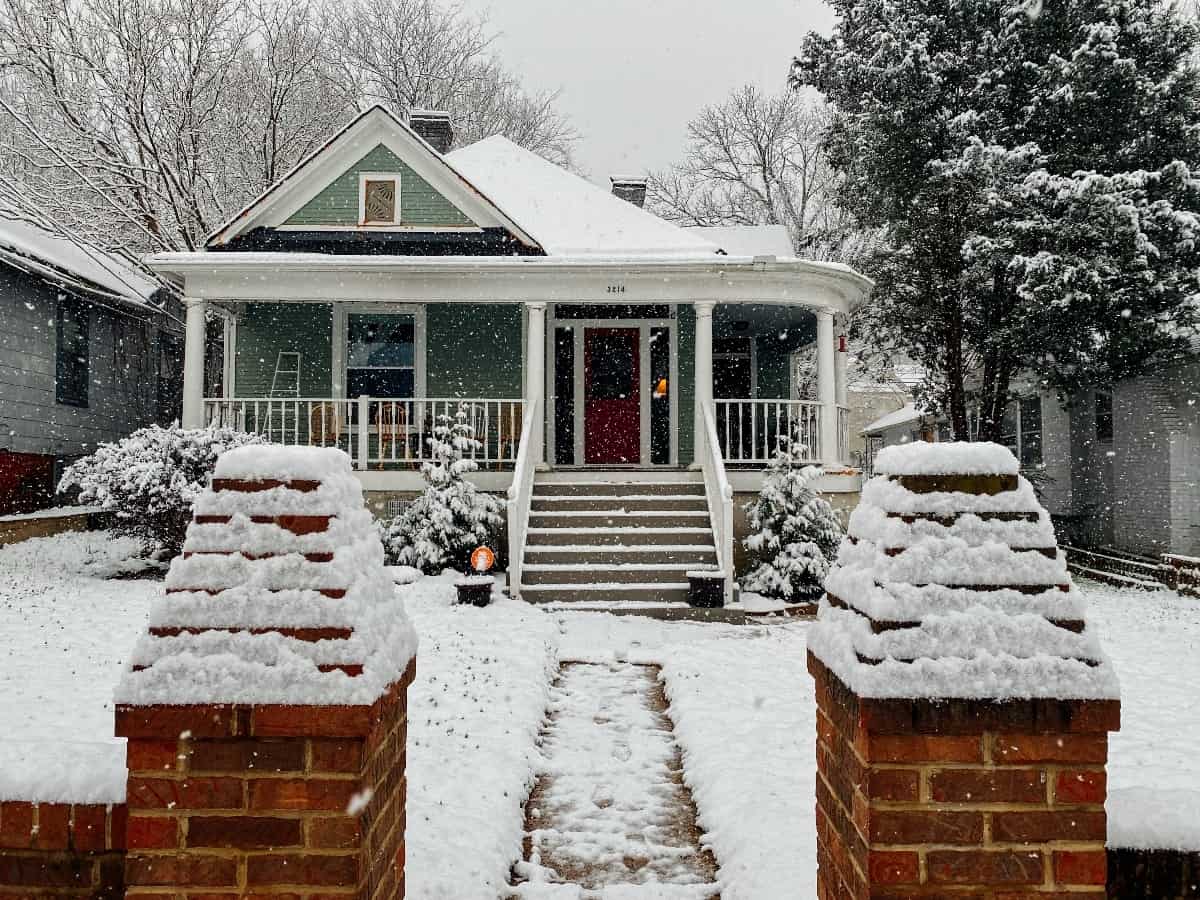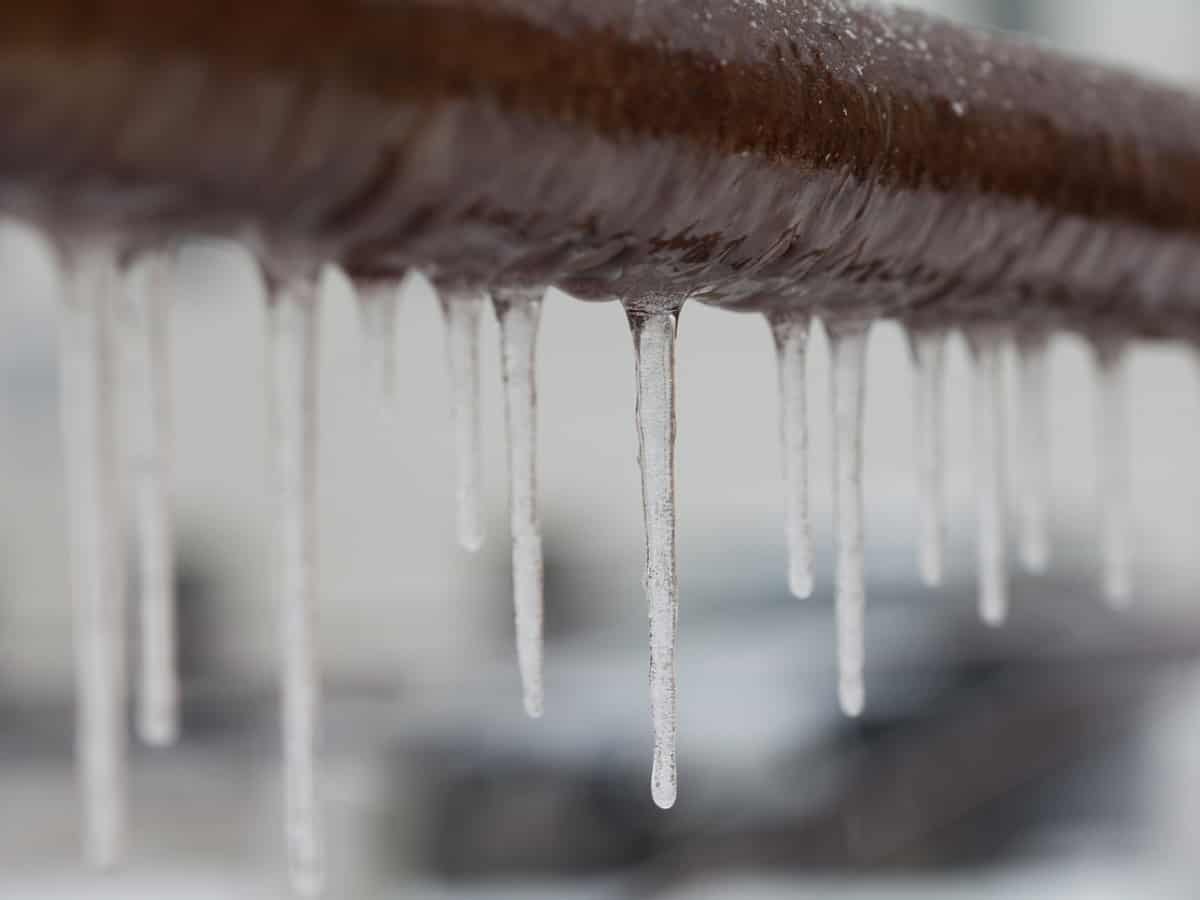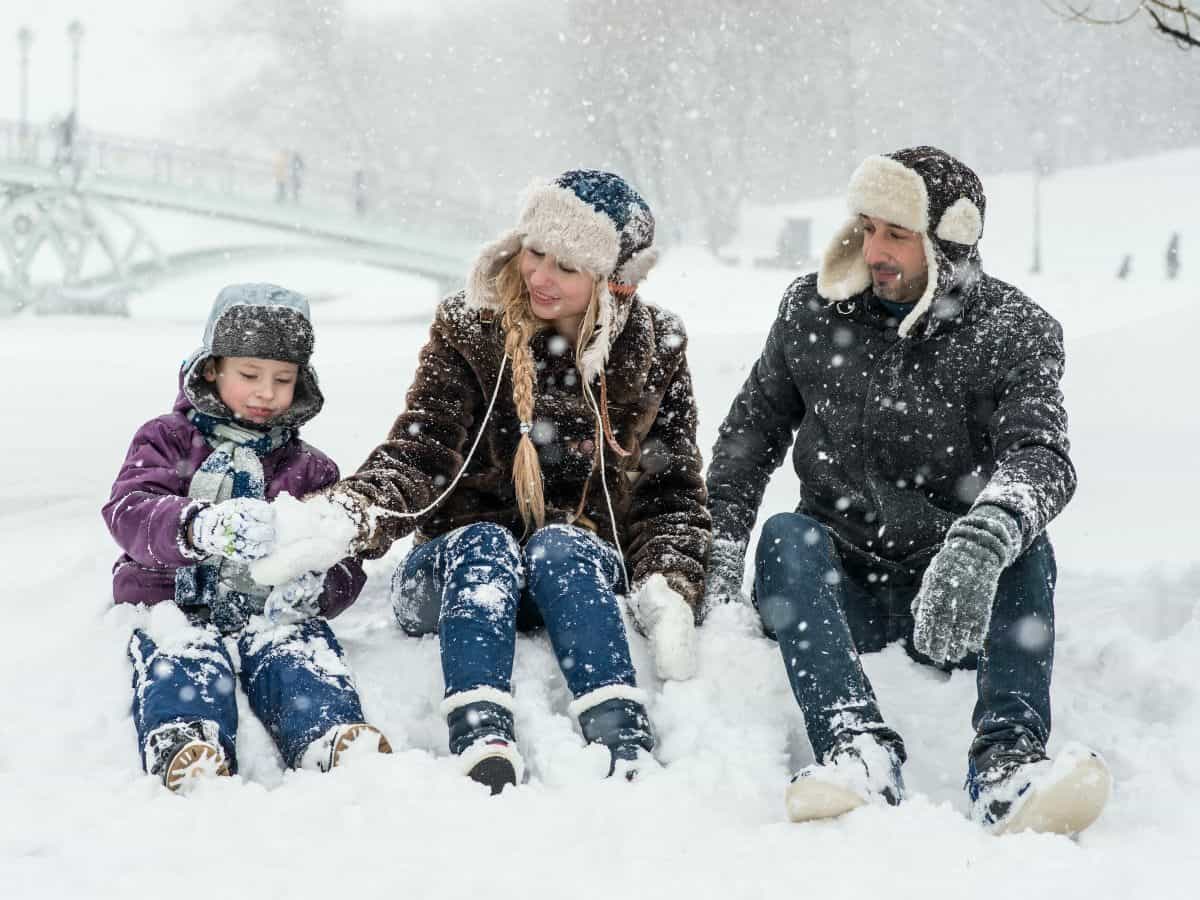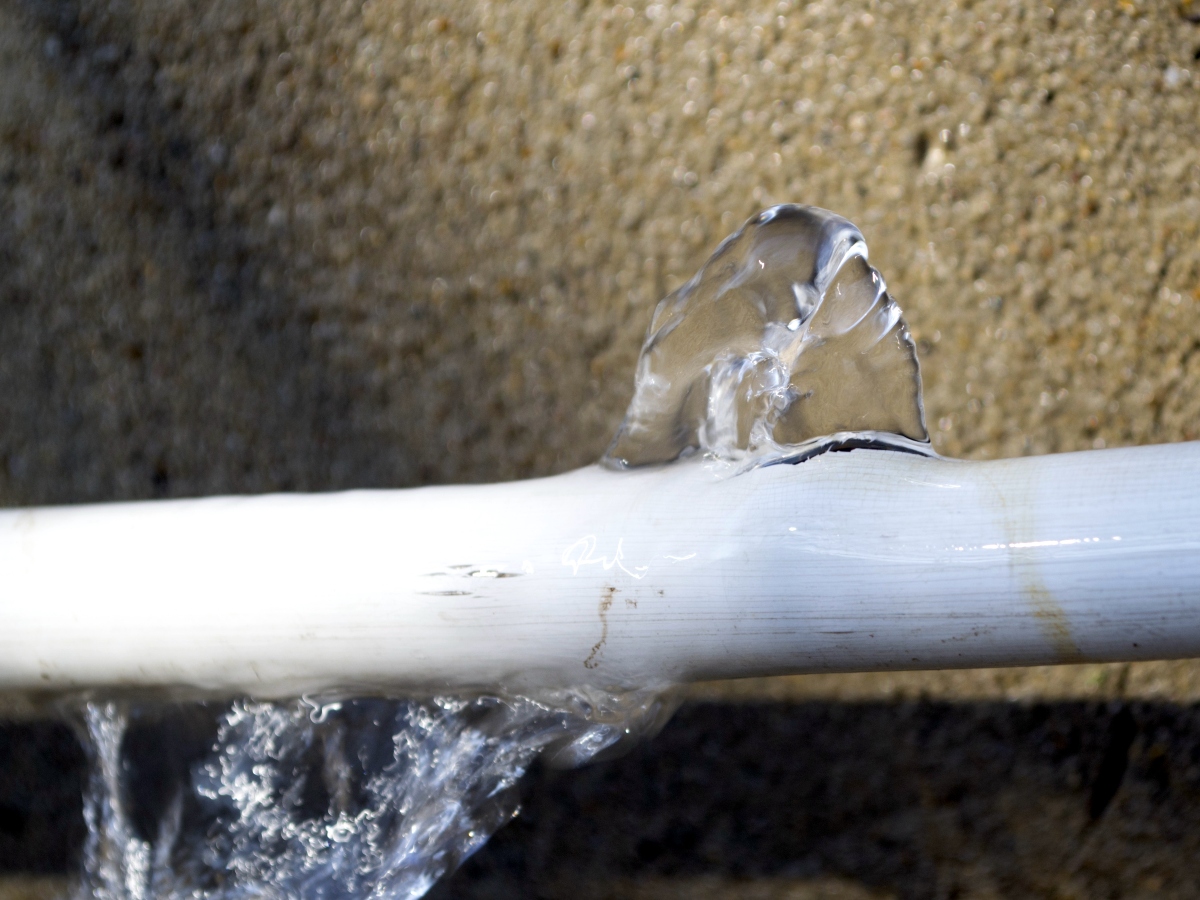Winter is a great time for outdoor snow fun. Ice skating, sledding, skiing, snowmobiling, making snowmen, and building snow forts fill our free time. But winter is also the time to take care of homes and business buildings to prevent damage from freezing temperatures. When temperatures plunge, chances for freezing pipes skyrocket! This is the time to be vigilant about plumbing to prevent damage. Knowing how to prevent pipes from bursting is important. Plumbing is especially susceptible to icy cold temperatures. Particularly if there’s an extended power outage or the building is left unattended or unoccupied for some time.
The Price of Frozen Pipes
Icy cold temperatures affect plumbing pipes with disastrous results. It can cause expensive and inconvenient flooding damage that is difficult to clean up and repair. According to the Philadelphia Insurance Companies, their average loss because of frozen pipes is $27,000. Their most expensive claim was $1.7 million! Common risk factors included older buildings and complications from contamination found during the cleanup.
Damage from frozen pipes can be especially expensive in multi-unit buildings. Apartment buildings with sprinkler systems and older buildings often require code updates. A burst sprinkler pipe often doesn’t damage only the floor where it occurs but also floors beneath it. It’s well worth the time and effort to understand the plumbing in your building. Where are the pipes and how old is the plumbing system? Whether residential or commercial, take steps to understand how to prevent pipes from bursting during freezing temperatures.
Why Do Pipes Burst?
You may be fully insured and confident that you are covered in case of damage from freezing pipes. But you still need to take steps to prevent the damage, expense, and inconvenience of burst pipes. You need to know how to prevent pipes from bursting in the wintertime. It’s also important to know why pipes burst in the first place.
Think about what happens when you put a frozen can of soda in the freezer. The same thing happens with water in plumbing in freezing temperatures! Water in pipes freezes and expands, but the pipes do not. It causes a build-up of pressure inside the pipes. Usually, thousands of pounds of pressure, causing them to burst.
The expanding ice pushes the still liquid water toward the faucet. There’s such built-up force that it causes the pipe to burst. The break will usually not be from the ice itself. It will be where there’s no ice, because of the huge amount of pressure. Just like an exploded can of soda in the freezer, burst pipes create a mess. But a mess on a much larger scale than a can of soda.

Indications of Freezing Pipes
- Water Pressure Drops – Watch for water pressure drops when there are freezing temperatures. It may be because pipes have frozen somewhere in the plumbing system. This causes water flow blockage. Or they may have already burst and are leaking, causing a pressure drop. This should be immediately evaluated.
- Visible Frost on Pipes – Exposed pipes covered in frost are in danger of freezing. They should be checked immediately. You may have time to prevent them from bursting.
- Pooling Water – Pooling water anywhere in your home during freezing temperatures indicates a leak. It may be from a cracked pipe from frozen water.
- Water Bill Spikes – If your most recent water bill is suddenly higher than normal in winter, beware. You may have a leak or leaks from pipes freezing and thawing in winter temperatures. This can cause plumbing to loosen and come apart, causing higher water usage and costs.
- No Running Water – Check for frozen pipes if you lose running water in freezing temperatures. There may be a frozen water pipe or an ice blockage somewhere in your plumbing system.
- Musty Smell – Investigate musty scents or sewage-like odors in freezing temps. It may mean a blocked sewer pipe or a major ice clog in sewer lines. Water that can’t flow freely will back up. That carries odors inside instead of away through the sewer system.
Damages from Burst Pipes
Risk Management services AVP Peter Kim knows well the extent of damages caused by burst pipes. Size, age, and whether there’s a sprinkler system in the building all impact damage from frozen pipes. Owners of an older building and multi-floor building should be aware of how to prevent pipes from bursting.
Older buildings with burst pipes will require expensive repairs. These may include building code updates and contamination remediation. Take care with multi-floor buildings and buildings with sprinklers with burst pipes. They will likely have damage to more than one floor that extends downwards throughout the building. Peter Kim says that certain common building factors create complicated damage scenarios.
The presence of specialized equipment like food processing equipment or medical equipment that requires clean sterile environments is one. Contaminants from asbestos or sewage are another. And elevators that when damaged by burst pipes require relocating tenants because of safety issues are another. These are complicated and expensive damage situations. They require more than simply replacing drywall or carpeting.
Kim explains that specialized equipment in doctor’s offices, electronics manufacturers, or any business building that has a sterile operating environment takes more time and resources to clean up and repair damage from frozen water pipes. The same applies to water-damaged infrastructures like elevators in multi-floor buildings. Keep this in mind when planning how to prevent pipes from bursting if you manage any spaces like this.
Damage from burst pipes is even more expensive in certain environments. Think buildings with specialized equipment in doctor’s offices, electronics manufacturers, and sterile operating environments. Also, water damaged infrastructures like elevators. It’s even more important to know how to prevent pipes from bursting in these spaces.

How To Prevent Pipes From Bursting
In winter weather when temperatures drop below freezing, the risk to plumbing pipes goes up substantially. The Insurance Institute for Business and Home Safety reports that frozen pipes are one of the most common causes of property damage in the winter. This costs owners thousands of dollars in cleanup and repairs. It pays to know how to prevent pipes from bursting.
Find Unheated Spaces
Pay attention to unheated spaces with water pipes such as basements, garages, and attics. Pipes running through normally heated interior spaces can freeze too if conditions are left unattended. You can prepare to prevent frozen pipes before freezing temperatures hit. When you are experiencing freezing weather, you should check on your water accessibility.
Before freezing temperatures hit your area, check the insulation in your home. Check remote or unoccupied spaces like crawl spaces, attics, and basements. Insulating these areas not only protects them. It also helps keep the temperatures in your whole home from dropping. This keeps your pipes at a consistent temperature.
Seal Air Leaks
Seal any air leaks in windows and doors and disconnect all outdoor water sources. Use pipe insulation or heat tape on pipes in unheated and/or unoccupied spaces. Consider installing a home freeze alarm to alert you when conditions may affect water pipes. Consider other home automation that protects your home and makes your life easier.
Pay Attention to the Weather
Be sure to pay attention to winter weather forecasts. When severe freezing weather is expected, keep interior temperatures at 55 degrees Fahrenheit or warmer. Open kitchen cabinets to allow more warm air to reach plumbing inside cabinetry under sinks. Close garage doors to keep cold outdoor air from affecting your heated interior and the pipes. Turn on the taps slightly to let water drip and keep it moving through pipes.
The expense and inconvenience of frozen pipes bursting can be extreme. Owners can appreciate the convenience and security created by knowledgeable planning for winter temperatures. Know what to look at and what to do to protect plumbing in freezing temperatures. It can mean the difference between a non-interrupted water supply or an expensive inconvenient mess to manage.

Save Money and Protect with Home Automation
Home automation takes that planning and preparation to the next level with technology that makes your life easier, more secure, and more enjoyable, from the nearest device of your choice. Home automation like freeze alarms and other HVAC-monitoring technology does more than give you peace of mind – they also save you money by preventing disasters and getting you discounts.
You may be eligible for discounts on home automation technology and equipment through your insurance company as incentives and to collect data for risk and cost analysis. Don’t risk expensive damage from frozen pipes bursting. Learn more by visiting us online, or giving us a call today at 1-833-433-0331.



